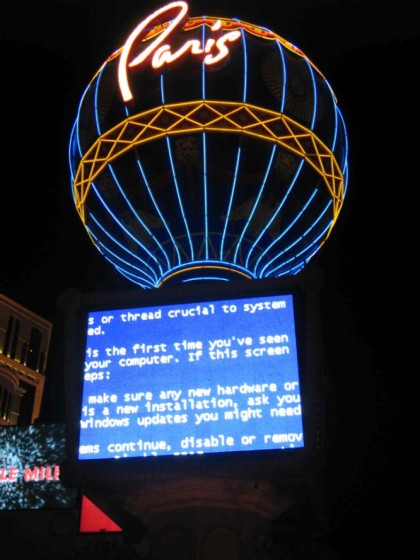Group B Rallying Retrospective
Jalopnik waxes philosophic about "the good old days" (a.k.a the mid '80s) of Group B rallying when the cars were essentially unlimited in power:
And we mean unlimited. While engine displacement was strictly categorized, Group B rules failed to specify any limit in terms of boost (insert maniacal cackling here). This proved to be a loophole engineers gleefully exploited with stupefying, almost dumbfounding results. Actual horsepower numbers are murky at best and even downright cryptic. Quoted numbers for the 2.1-liter Ford RS200 for example range anywhere from 550 hp to over 800 hp. Reasons for this secrecy are many and varied. The most commonly cited are that the primitive all-wheel-drive dynamometers weren't up to the job. And because there was no cap on power, manufacturers just didn't care all that much. We would wager however, that teams didn't want the competition to know just how full-on berserk each others' cars were. But here's the skinny: Group B cars could out accelerate F1 cars. 0-60 times of less than three seconds were common – on gravel. Sadly, in the days before computerized traction control, so much unwieldy power proved to be Group B's downfall.Of course, like the Mille Miglia and the Targa Floria, Group B rallying was too dangerous to continue indefinitely.
And then everything went very wrong. Near Sintra in Portugal, driver Joaquim Santos came out of a gully only to find dozens of fans standing at the peak. His Ford RS200 careered into the crowd, killing three and injuring more than 30. Every team immediately pulled out of the race. Soon after, Lancia's Henri Toivonen inexplicably missed a tight left-hander and plunged into a ditch. The fuel tanks of his Delta S4 ruptured and burst into flames, incinerating him and his co-driver Sergio Cresto.There are a selection of videos of the different Group B rally cars in action - my personal favorite is the Audi Quatro Sport.

